

Matt Campbell
2026 Hyundai Tucson Hybrid review
20 Minutes Ago
The new Nissan Qashqai is a much improved compact SUV, and presents well in ST-L form. It doesn't come cheap, though.
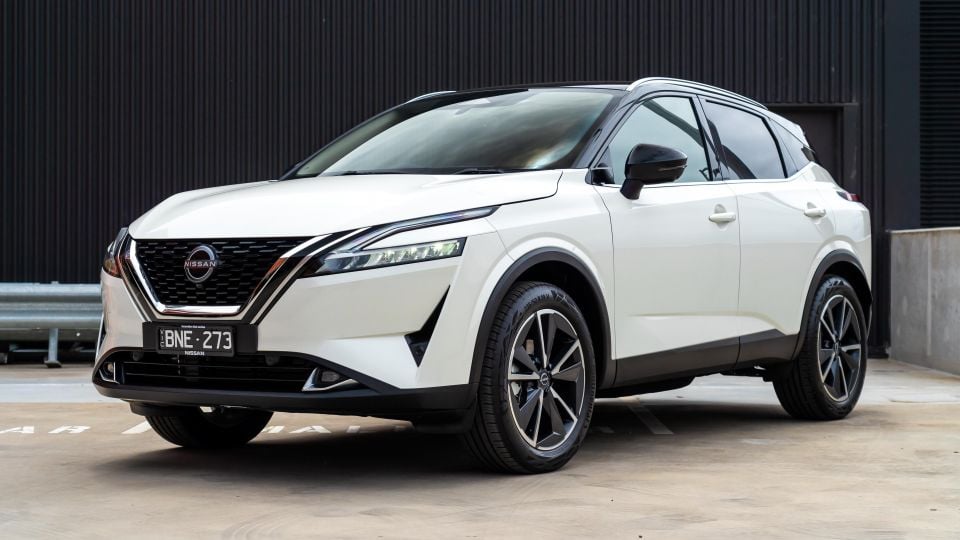


Quickly see how this car stacks up against its competition. Select any benchmark to see more details.
Where expert car reviews meet expert car buying – CarExpert gives you trusted advice, personalised service and real savings on your next new car.
Nissan’s compact Qashqai SUV rolls into 2024 with no changes, save for the addition of a new hybrid hero model.
Having touched down locally well after its European debut, the Qashqai is a steady seller in a very competitive corner of the new car market… although Nissan would no doubt like stronger supply to help it fight the Mazda CX-30 and Hyundai Kona on the VFACTS sales charts.
On paper, the Qashqai has all the makings of a fan favourite. It’s sharp to look at, has a powerful turbocharged engine under the bonnet, and packs plenty of space into its cabin despite a city-sized exterior. It’s even fun to drive.
Are we missing something, or does the Qashqai deserve more love from Australian new car buyers in 2024?

2024 Nissan Qashqai pricing:
All prices exclude on-road costs
Want to see how the Qashqai shapes up with its rivals? Put it side-by-side using our comparison tool.
Buy your new car without the stress. It's fast, simple and completely free.

Great service from Travis and team, second time I have used this business would not hesitate to recommend them to anyone
Craig C.
Purchased a Ford Ranger in Sunshine Coast, QLD
CarExpert helped Craig save thousands on his Ford Ranger, now let us save you on your next new car.
Find a dealWith a wing-shaped dashboard, interesting blue-and-black trim finishes, and a lovely flat-bottom steering wheel, the Qashqai looks and feels pretty special for its price.
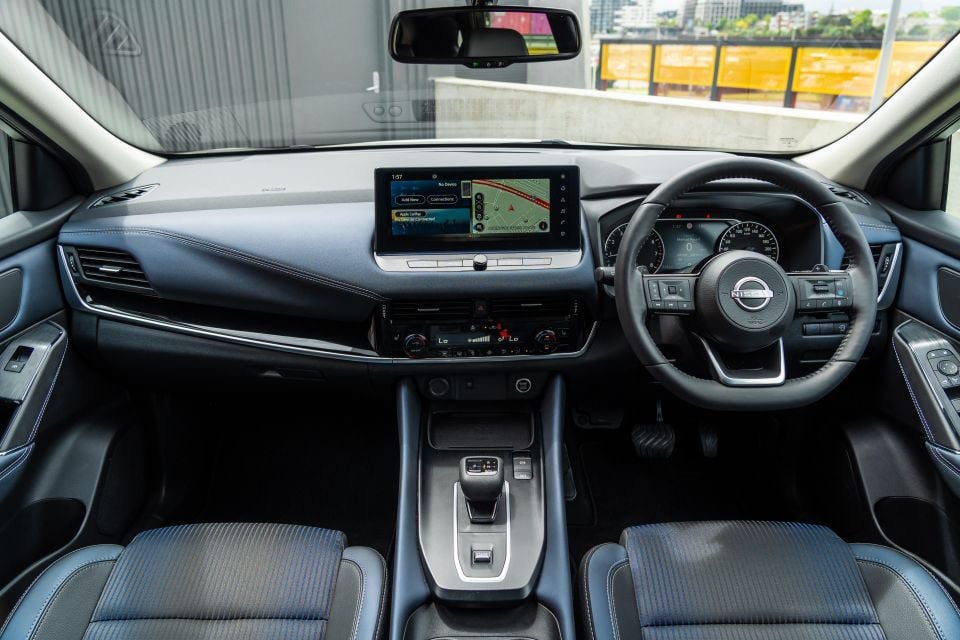
The horrible plastic steering wheel in the ST+ (sitting below this ST-L in the range) has been turfed in favour of a leather-trimmed unit, which is also a big step in the right direction.
The rest of the main touch points are solid. The seats are trimmed in quality-feeling suede (with leather bolsters) and offer more support than in the old car where it always felt like you were perched on crates, while the view out is more SUV than high-riding hatch.
Nissan’s decision to fit a heated steering wheel and heated seats pays dividends on cold Melbourne mornings, and heated cloth seats are a rare (but winning) combination.
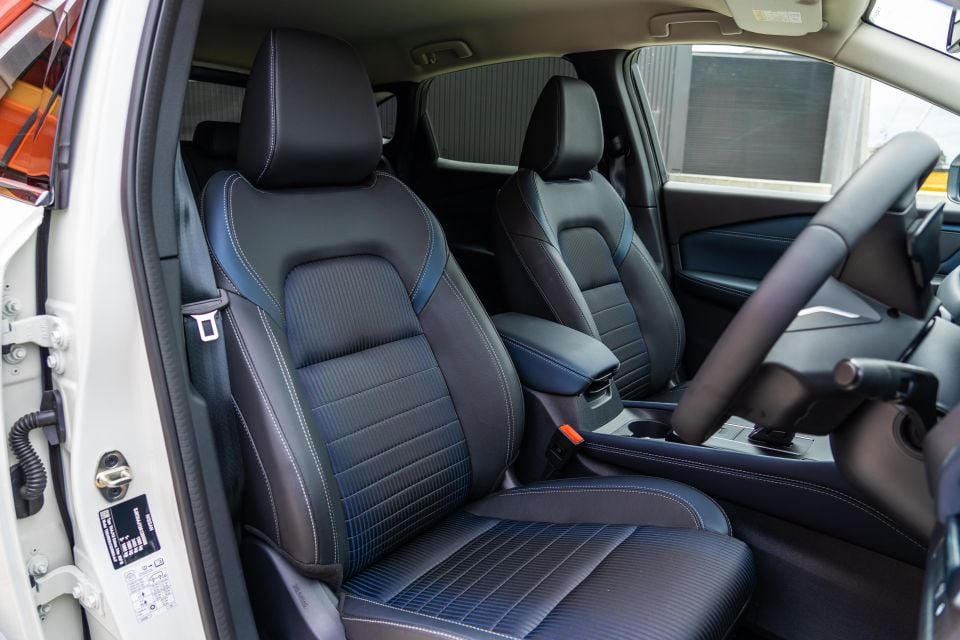

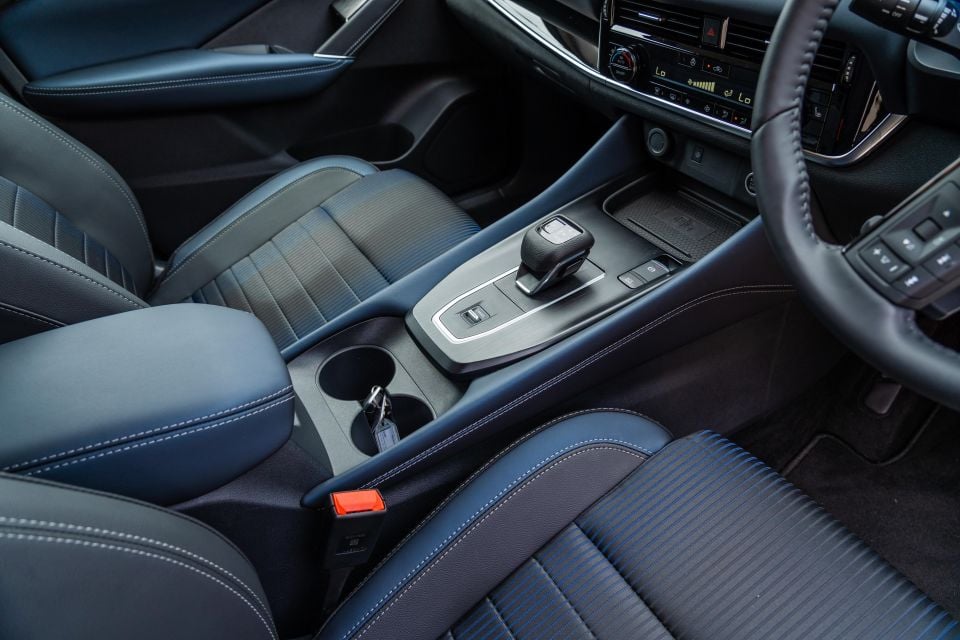
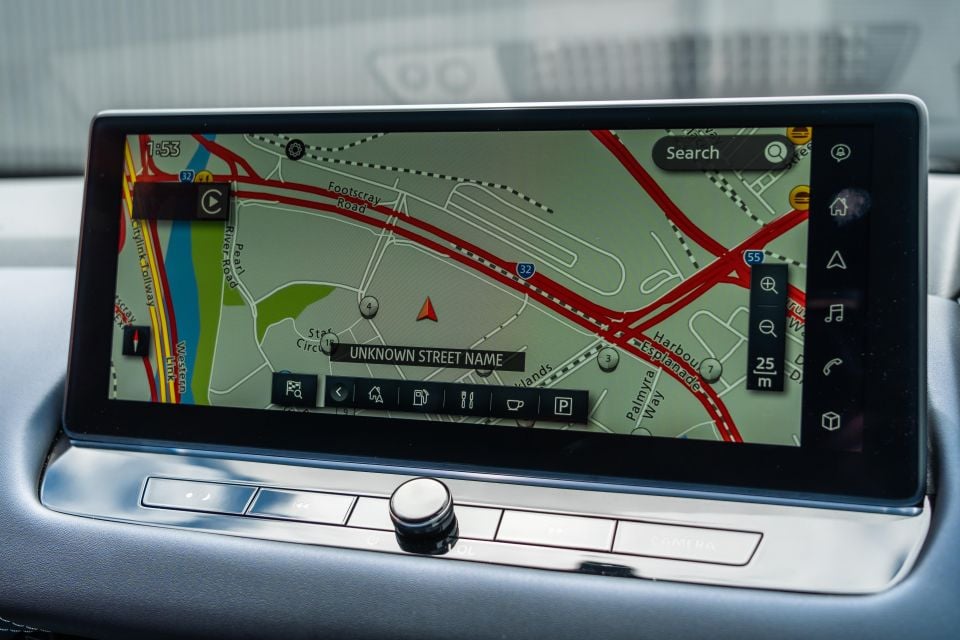
The infotainment system is much better than the low-res, low-tech touchscreen that served in the last Qashqai. It now has wireless Apple CarPlay, reasonably attractive graphics, and sharp responses.
It’s very functional; although, it’s still not on a par with the uber-modern Hyundai Kona’s setup.
We’d also love to see Nissan roll out its full digital instrument binnacle across the range. The regular trip computer is fine, but it’s nothing more – and the Qashqai’s rivals, along with its corporate cousins at Renault – offer higher-tech options for similar money.
There’s plenty of storage up front, with deep cupholders and a slot beneath the dashboard. You also get a decent bin under the central armrest, and spacious door pockets.


Access to the rear comes courtesy of doors that open to 90 degrees, which anyone loading a child will appreciate.
The wide opening makes it easier to get child seats in without painful contortion, and bigger adults are more easily able to clamber in if required.
Once in, there’s above-average levels of legroom and headroom. Also handy are the dual USB ports and air vents, along with the central fold-down armrest. It’s a very usable space, more in line with a Kia Seltos than the outgoing Kona.
We carried a carload of fully-grown adults without too much trouble, and you’ll be able to get kids in the back seat without many complaints. The middle seat is still for emergencies though.
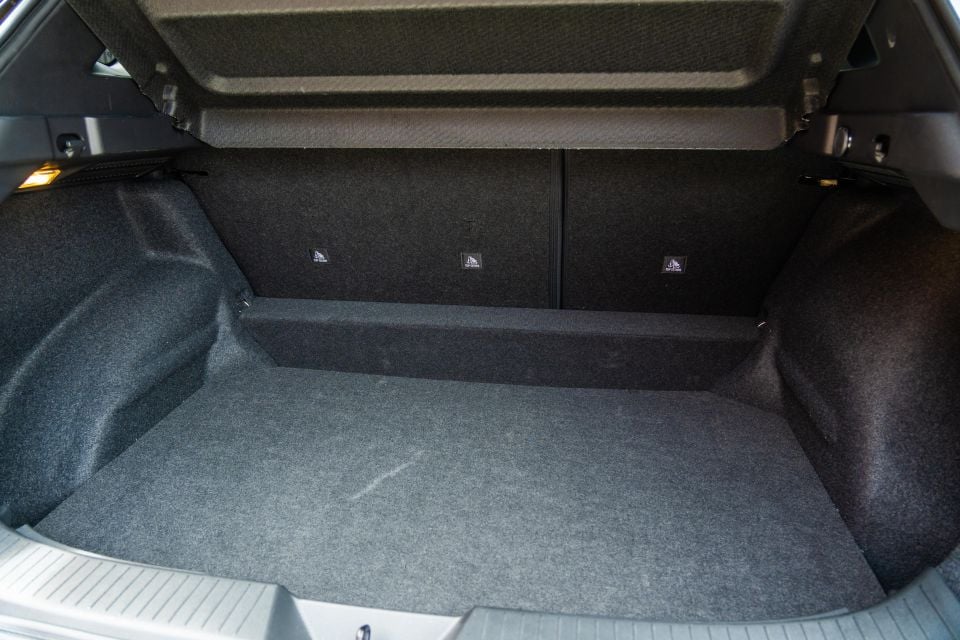
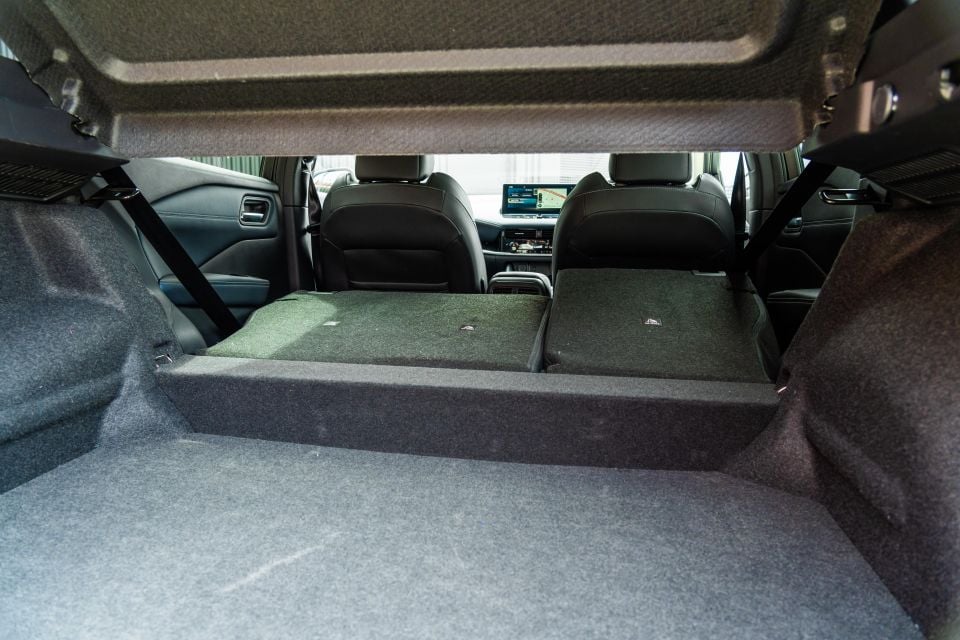
ISOFIX points feature on the outboard rear seats, and there’s a trio of top-tether points for child seats.
Quoted boot space ST-L is 429 litres with the rear seats in place, expanding to 1524 litres with them folded.
Power in the Qashqai ST-L comes from a 1.3-litre turbocharged four-cylinder petrol engine, making 110kW of power and 250Nm of torque.
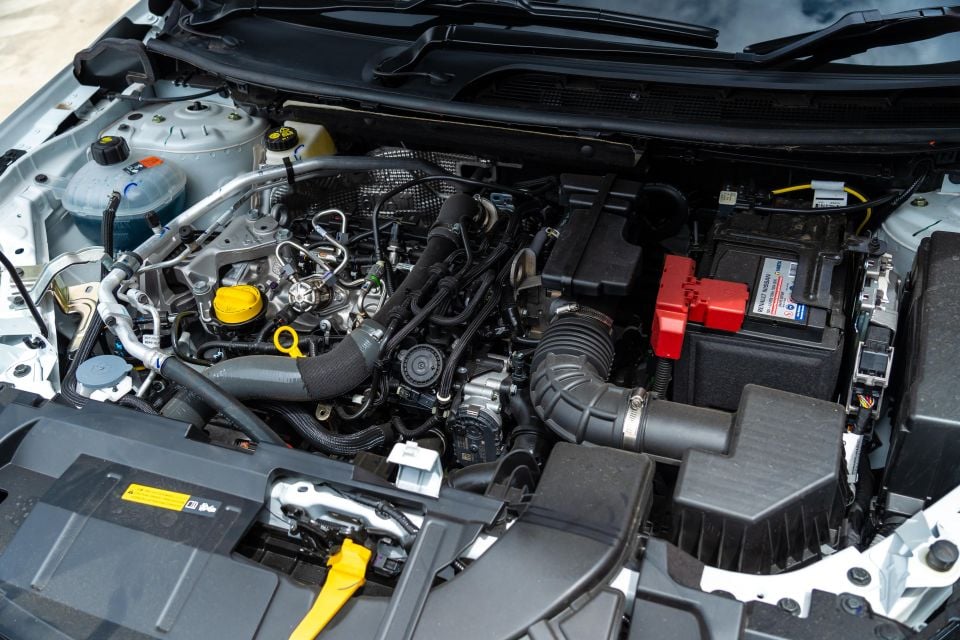
It’s hooked up to the front wheels, rather than all-wheel drive, and the only transmission on offer is a CVT.
Claimed fuel economy is 6.1 litres per 100km, but we saw 8.0L/100km over a week skewed to city driving. The Qashqai has a 55-litre fuel tank, and drinks 95 RON premium unleaded.
The latest Qashqai is a far more polished performer than its breathless predecessor.
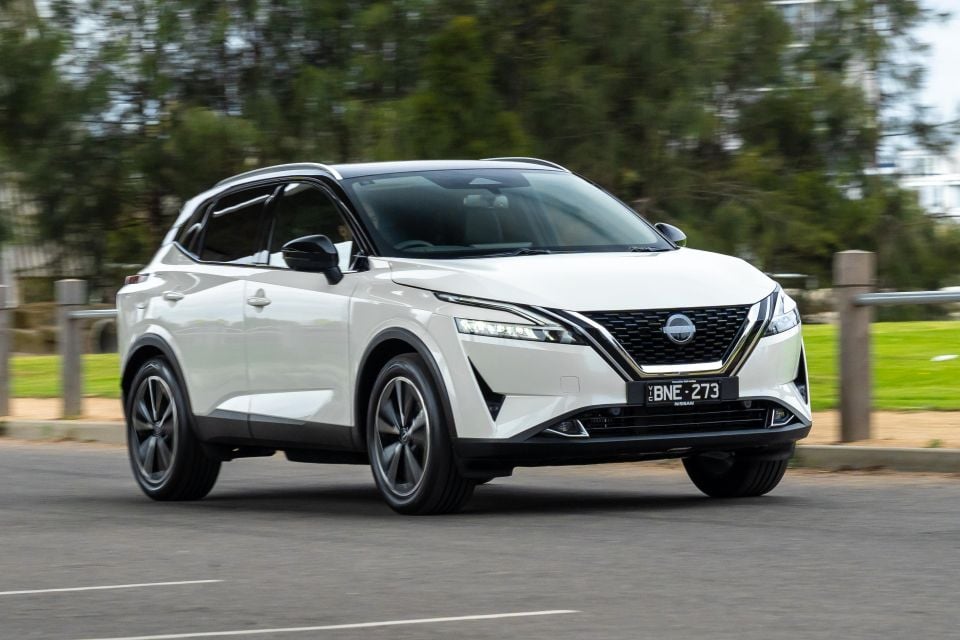
The turbocharged engine fires quietly, and the fact Nissan has opted for a CVT instead of the dual-clutch that features in Renault and Mercedes-Benz vehicles with the same engine, which makes it smoother around town.
Rather than hesitating or jerking off the line it feels conventional, slurring around town inoffensively and making fake gearshifts to do a convincing torque converter impression.
There’s a hint of turbo lag off the mark but it’s easy to drive around, and once you’re up and running the extra torque relative to the naturally aspirated model before it is welcome when you put your foot down.
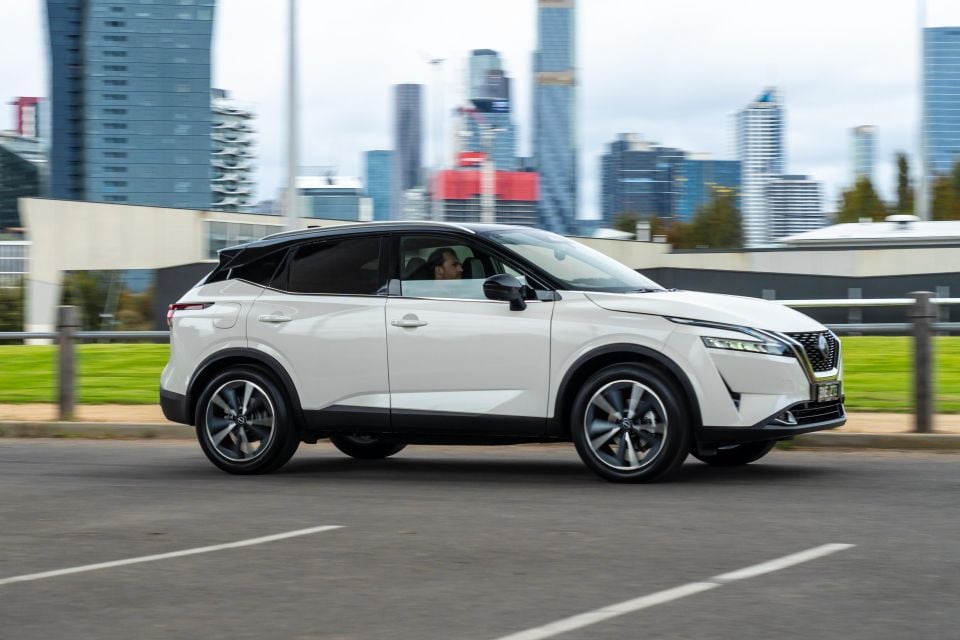
We’ve praised the ST+ with its smaller wheels for its ride comfort, and the ST-L on its 19-inch wheels isn’t quite as refined on pockmarked city streets.
Still, it does a good job smoothing out the sharpest lumps and bumps in the city, and doesn’t feel too terse or sporty.
The trade-off is keen handling. Combined with quick steering off-centre, the suspension tune means you can really throw the Qashqai around and it’ll go with you.
Outside the city, there’s very little wind noise in the cabin to ruin the serenity. You do get a hint of road roar from the tyres on typical Australian country highways; however, which isn’t uncommon in small cars aimed predominately at the European market.

Although it’s slightly noisier than is ideal, the Qashqai is nicely settled at higher speeds. It has a big car feeling, settling down in a way that inspires confidence.
Like its rivals (think Hyundai Kona) it’s grown up for this generation, and is now more comfortable than ever away from the confines of the city.
Nissan’s suite of ProPilot driver assists, which includes active lane-centring and adaptive cruise on the highway, is smartly calibrated. It smoothly maintains a gap to the car in front, and the lane-keeping feels confident enough to intervene when required, but clever enough to stay hands-off when not required.
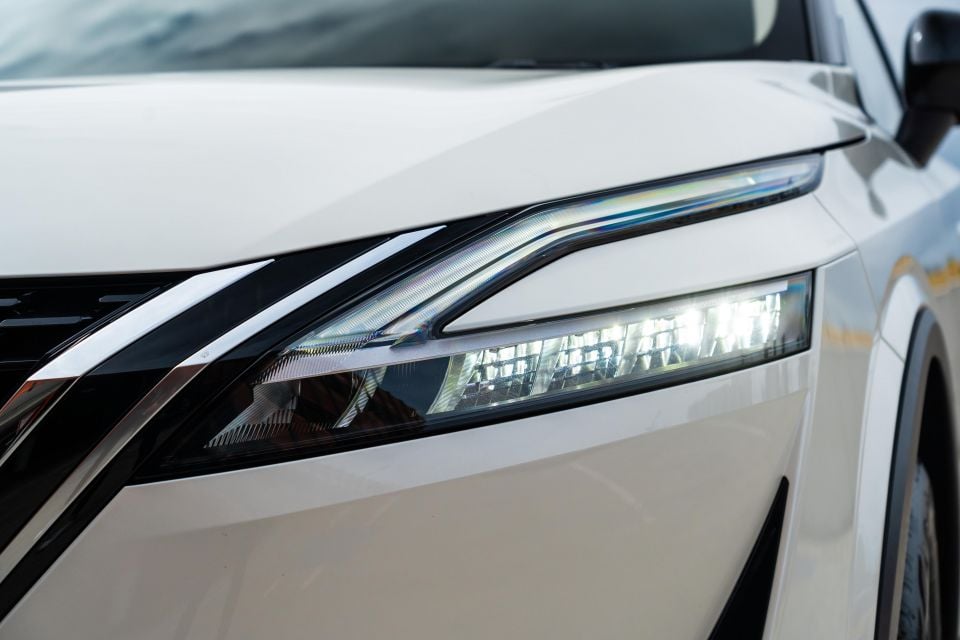

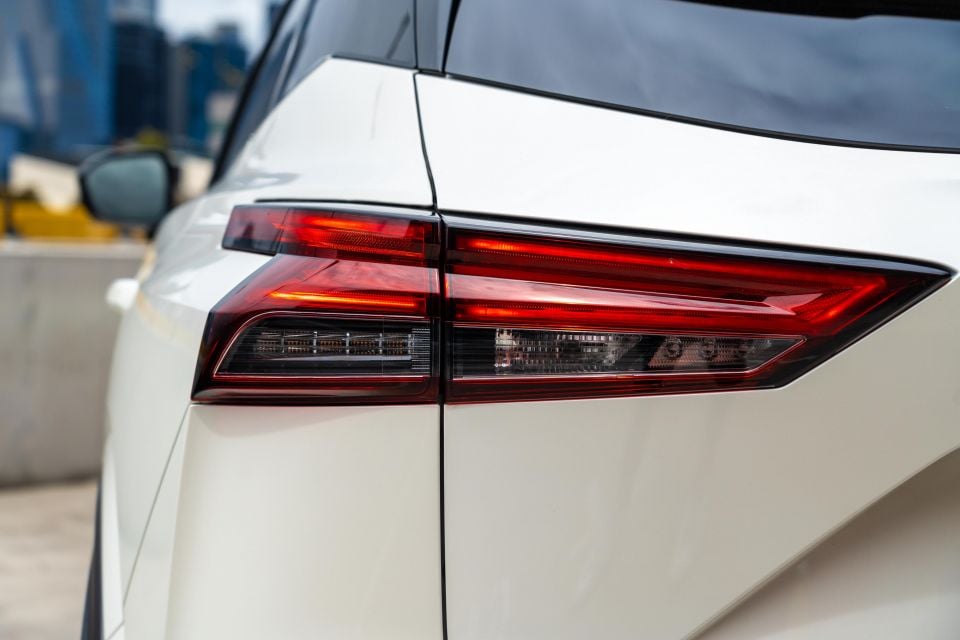

Qashqai ST highlights:
Qashqai ST+ adds:
Qashqai ST-L adds:
The Nissan Qashqai has a five-star ANCAP rating, based on testing conducted in 2021.
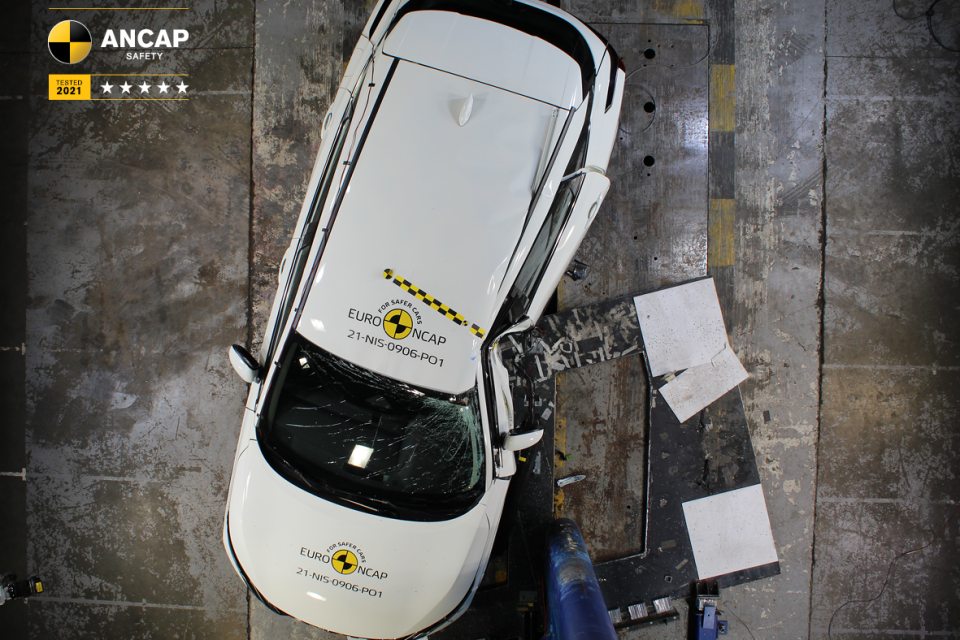
It scored 91 per cent for adult occupant protection, 93 per cent for child occupant protection, 74 per cent for vulnerable road user protection, and 97 per cent for safety assist.
Standard equipment on all grades includes:
The ST+ adds a surround-view camera, while the ST-L adds:
The Nissan Qashqai is backed by a five-year, unlimited-kilometre warranty.
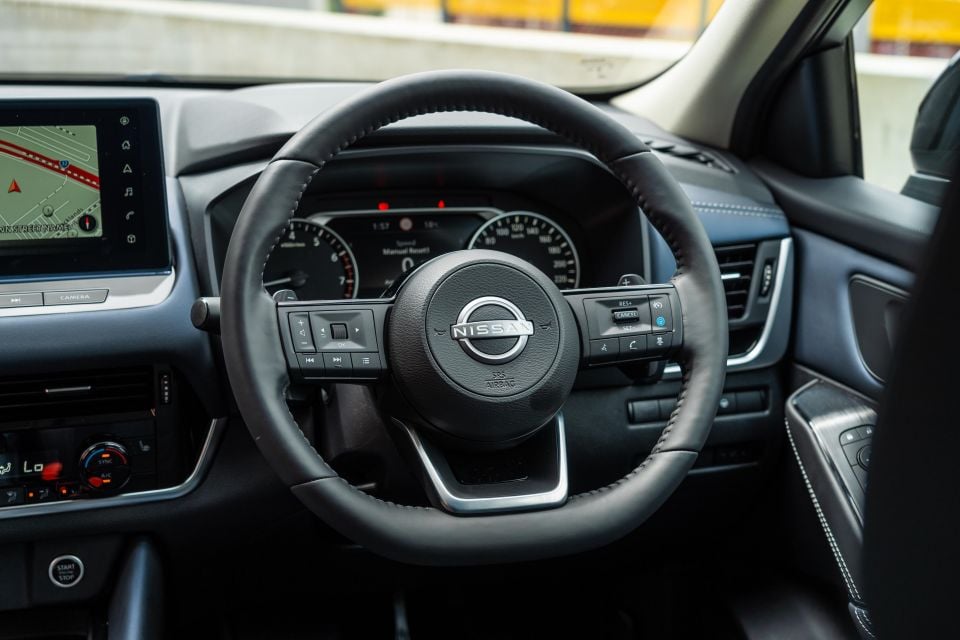
Servicing is required every 12 months or 15,000 kilometres. The first six services will set you back $375, $694, $398, $1027, $422 and $1108 respectively using Nissan’s capped-price service plan.
The new Qashqai has grown up… but we already knew that.
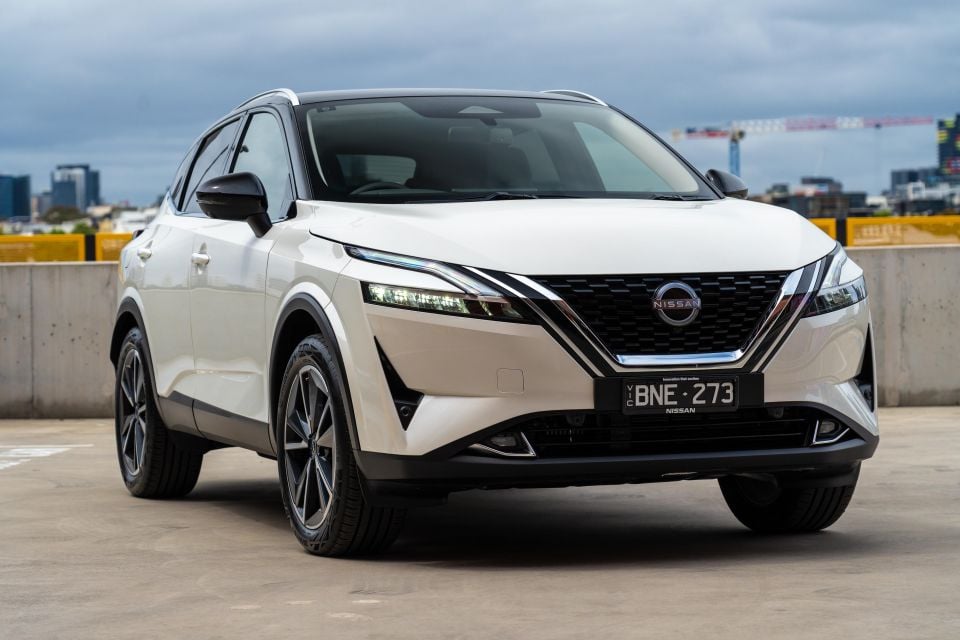
Where expert car reviews meet expert car buying – CarExpert gives you trusted advice, personalised service and real savings on your next new car.
The new interior feels properly modern, the new engine packs enough of a punch, and the exterior is sharp enough to stand out in a growing crowd.
It doesn’t have the ultra-modern feel of a Kona inside, nor the option of an affordable mid-range hybrid like the Corolla Cross, but it does have practicality on its side.
Nissan deserves points for offering a handy back seat and boot in what’s still a relatively compact package. In fact bonus points are due, as even though Nissan is charging $4k more the ST-L ditches the horrid plastic steering wheel found in the ST+.
So yes, this Nissan does deserve some more love from the Australian public.

Click the images for the full gallery
BUY: Nissan Qashqai MORE: Everything Nissan Qashqai
Where expert car reviews meet expert car buying – CarExpert gives you trusted advice, personalised service and real savings on your next new car.
Scott Collie is an automotive journalist based in Melbourne, Australia. Scott studied journalism at RMIT University and, after a lifelong obsession with everything automotive, started covering the car industry shortly afterwards. He has a passion for travel, and is an avid Melbourne Demons supporter.


Matt Campbell
20 Minutes Ago


Max Davies
16 Hours Ago


William Stopford
16 Hours Ago


Derek Fung
17 Hours Ago


Max Davies
1 Day Ago


William Stopford
2 Days Ago